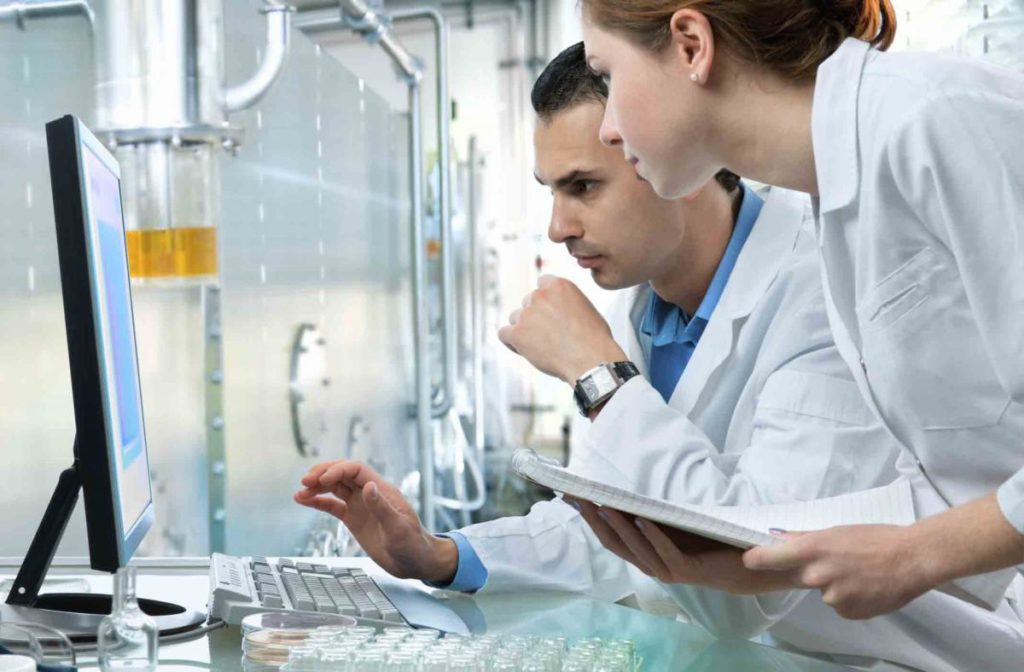Laboratory setup Malaysia laboratories usually proceed as simple and organised as it might seem does not entirely equal the efforts lab personnel have to put out to fulfil the tasks. As most official labs across the globe have to obey a certain number of international standards, this is what makes it look simple in other eyes. However, anything that is related to the laboratory and its operation has never been an easy task, not to mention this is not the place for negligence. Any mistakes regarding the SOPs and commonly shared standards would result in mild to severe consequences in human life and the lab’s overall reputation. Therefore, people have always been aware of any procedures related to the experiments or operations in question and would prepare themselves days before the event. Resulting in the laboratory personnel needing comprehensive knowledge of equipment operation, risk assessment, and quick management.
Here are some of the few pieces of knowledge about extraction operations within labs.

Solvent extraction
To perform a good extraction from this method, lab personnel have to accord their substances and desired outcomes to the solubility of the bioactive compounds. Various inorganic, organic, polar, and non-polar solvent compounds could facilitate good extractions. These solvents could also work in conjunction with each other to produce a qualified extraction.
In case the substance in question is lipophilic, then the most suitable solvent of choice could be non-polar types. Ranging from low-polarity compounds like hexane to those that are less non-polar like chloroform and dichloromethane.
A common example is the apolar solvents that are often used to extract alkaloids, coumarins, and fatty acids: cyclohexane, hexane, toluene, benzene, ether, chloroform, and ethyl acetate.
Additionally, for dealing with hydrophilic compounds, solvents from the polar group, those with non-protic like acetone, or protic such as ethanol, methanol or even water.
The major benefit of this method is its use of simple equipment and its limited cost.
Microwave-assisted extraction
As the name implies, this method relies on the application of microwave energy from the perpendicular oscillation. This process occurs between the electric and the magnetic fields when it generates electromagnetic radiation with a frequency ranging from 0.3 to 300 GHz. The intensity of the heat produced is proportional to the absorption of the energy by the material and the dissipation of the resulting heat.
Depending on the pressure through which the extraction procedure is performed, the method could be divided into: higher than the atmospheric pressure ( or closed MAE system), and lower than the atmospheric pressure (also known as open MAE system)
This method could also be categorised by the extraction power with an increased power that boosts the temperature reducing the solvent viscosity. Hence, this leading to better efficiency, except in the case of thermolabile molecules
Additionally, microwave-assisted extraction is also suitable for classical extractive processes like Soxhlet: as the method improves in time with higher quality and yields. Making it more adaptable within both modern and old labs.




